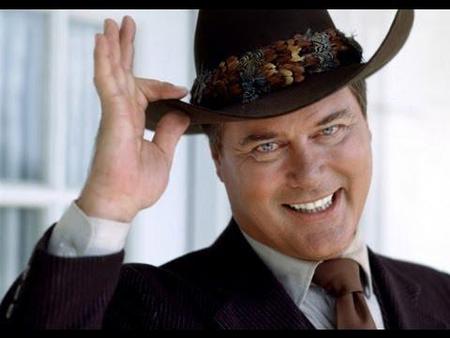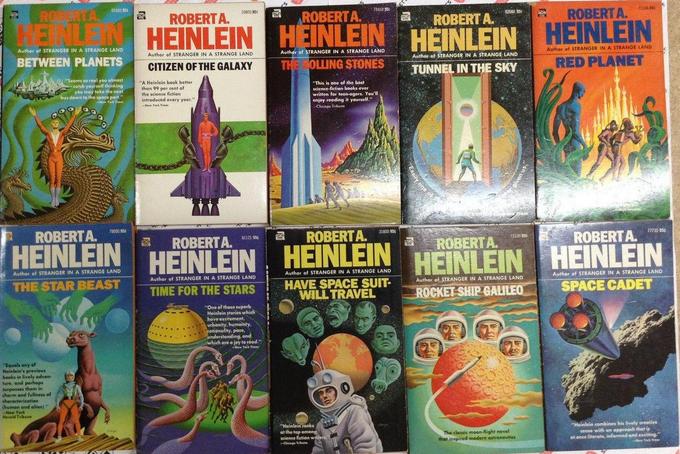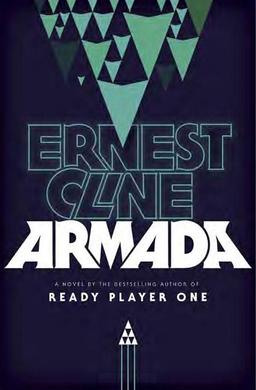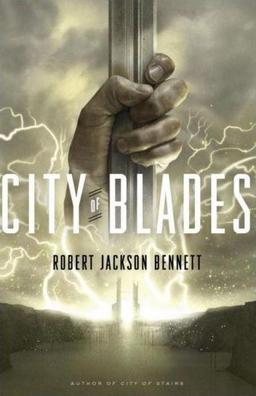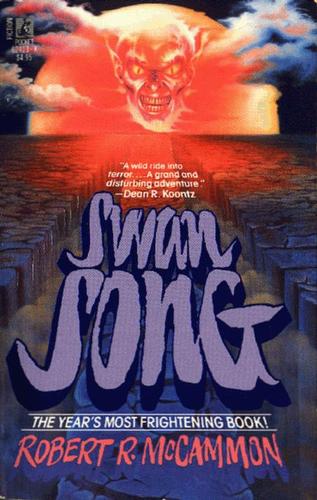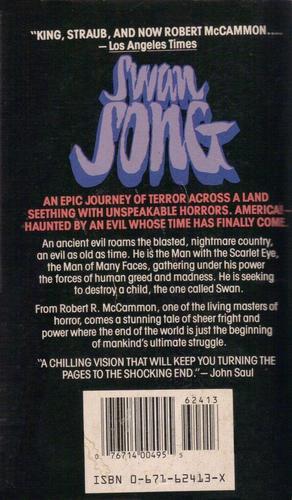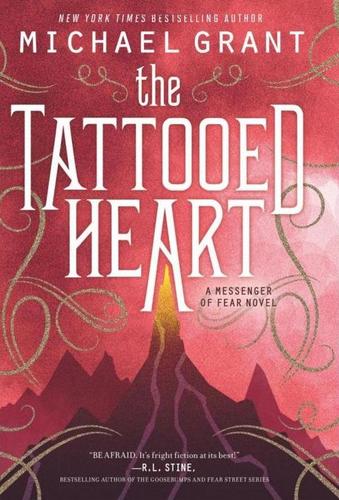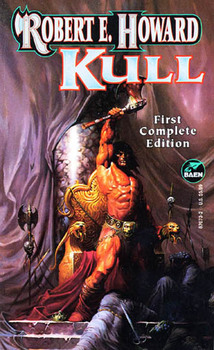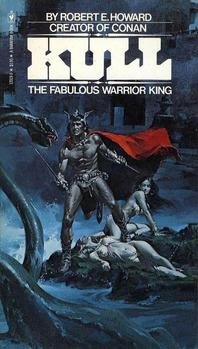The Public Life of Sherlock Holmes: Was Holmes Fooled in “Thor Bridge”?
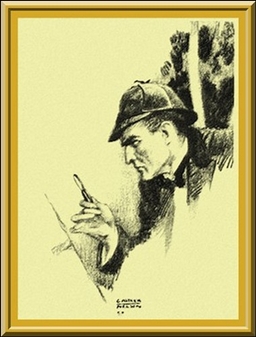 Part of the fun of being a Sherlockian (I use the term to mean someone who has read the stories and delves into them, studying and possibly writing about them: not having watched the BBC television show Sherlock and expounding the wonders of Benedict Cumberbatch) is speculating on the stories. In a post last November, I posed that perhaps Holmes was actually fooled by Lady Brackenstall in “The Adventure of The Abbey Grange.”
Part of the fun of being a Sherlockian (I use the term to mean someone who has read the stories and delves into them, studying and possibly writing about them: not having watched the BBC television show Sherlock and expounding the wonders of Benedict Cumberbatch) is speculating on the stories. In a post last November, I posed that perhaps Holmes was actually fooled by Lady Brackenstall in “The Adventure of The Abbey Grange.”
I don’t think that actually happened, but in Playing the Game, I laid out what I thought was at least a plausible scenario for it. Similarly, I pondered the possibility that Holmes set himself up in the blackmailing business after matters were concluded in “The Adventure of Charles Augustus Milverton.” Now, I don’t believe what I wrote in that one at all, but it was fun and it’s not impossible (just preposterous).
So, I ask you, is it possible that Holmes had a blind spot regarding the fairer sex and that he once again was duped by a pretty woman?
SPOILERS – SPOILERS – SPOILERS
Though frankly, if you’re reading this post and you haven’t read “The Problem of Thor Bridge,” I’m a little perplexed. But click on this link and read it. It won’t take long.
